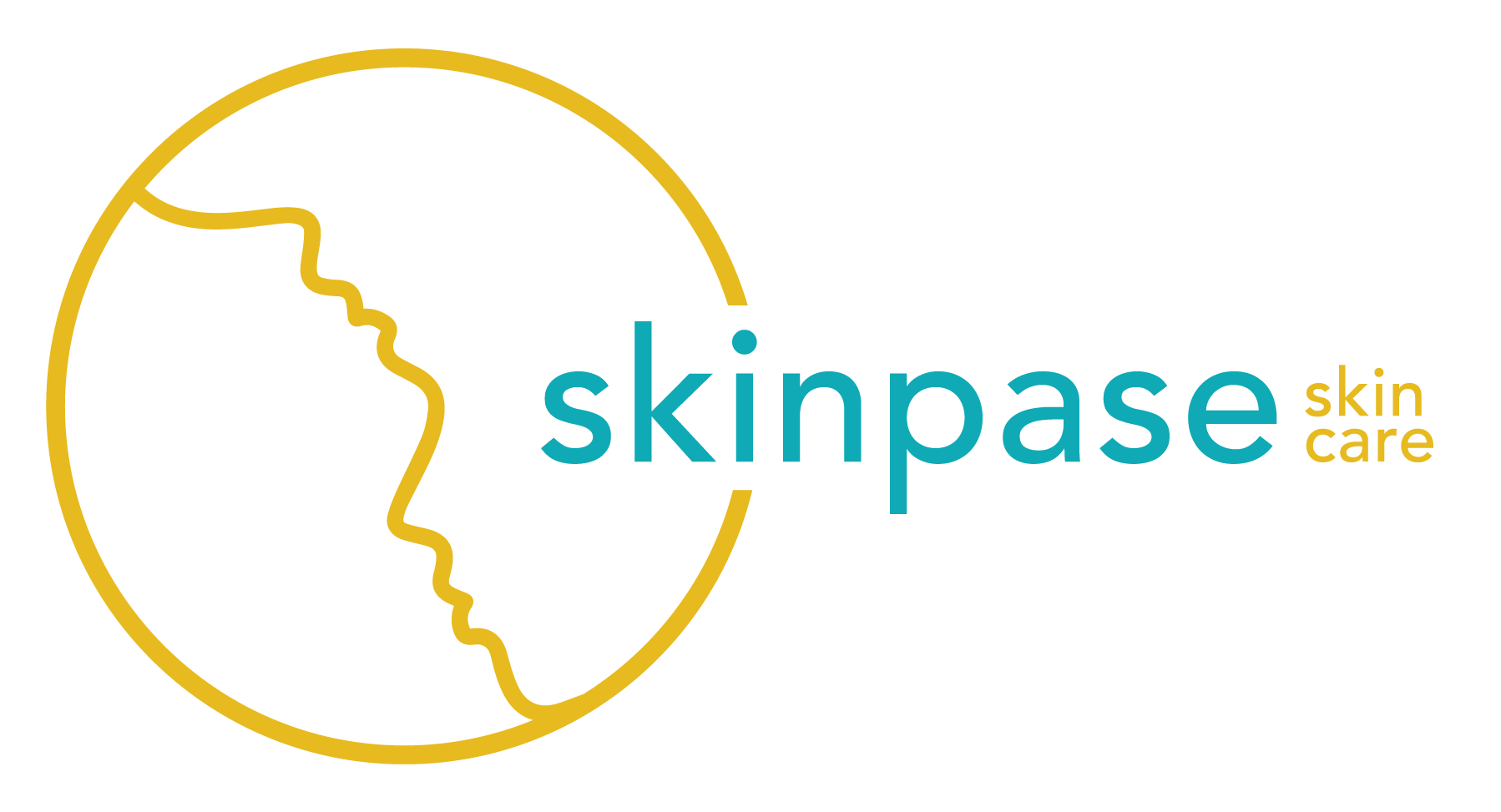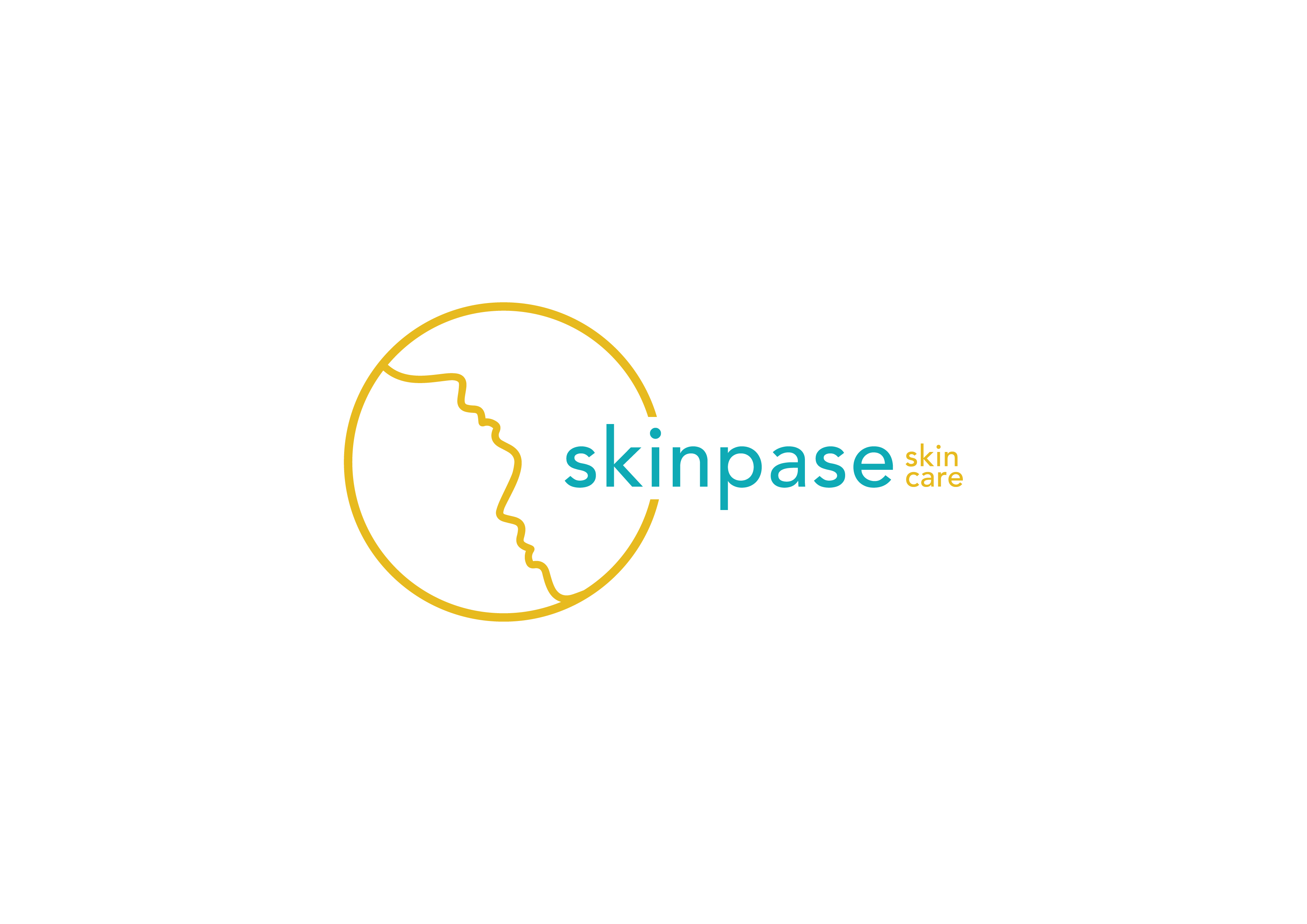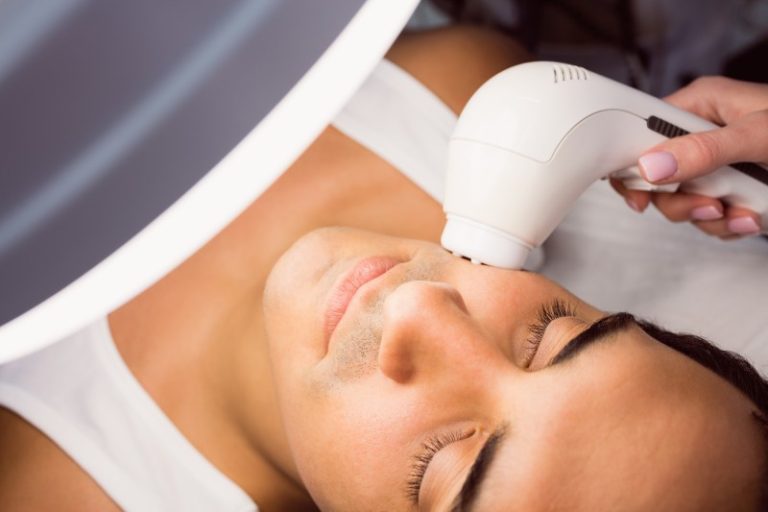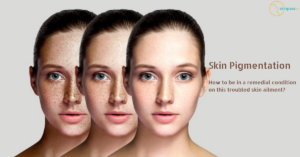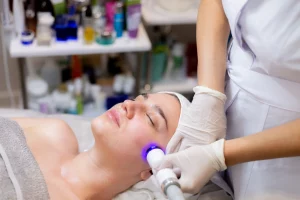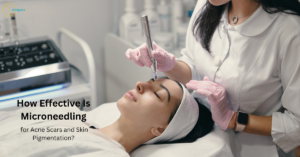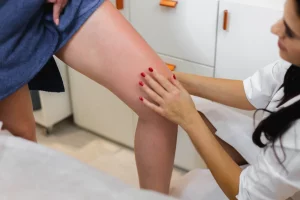Laser Tattoo Removal at Skinpase Clinic
What is Laser Tattoo Removal?
The laser tattoo removal procedure utilizes light energy using lasers that help patients to eliminate unwanted tattoos from their body. It can guarantee the efficient and safe eradication of a wide variety of colours and inks.
In terms of tattoo removal methods, it outperforms other methods like:
- Surgical excision
- Bleaching and sanding
- Infrared Coagulation
- Acid-detatooing
This can be also used to treat:
- The tattooing of eyebrows, eyeliners, and lip liners is cosmetic.
- Traumatic tattooing that develops after wounds, such as tar and gravel stains.
How does it work?
The tattoo ink is removed or faded utilising a laser tattoo removal procedure.
Without harming the nearby cells and tissues, the tattoo ink quickly absorbs the laser light and breaks down into smaller bits. The body’s filtering processes then flush these smaller grains out.
Advantages of Laser Tattoo Removal
The benefits of this method are as follows:
- shorter treatment sessions are required, typically lasting 15 to 30 minutes.
- decreased likelihood of scarring
- It effectively removes pigmentation and a variety of tattoo pigments permanently.
- To prevent discomfort, a procedure is carried out after numbing cream has been applied. Some patients compare the discomfort to that of a rubber band flicking.
Note: Depending on the qualities of the tattoo pigment and the patient’s objectives, multiple treatment sessions may be required.
Post-Procedure
After laser tattoo removal, it is important to follow these post-procedure instructions to promote healing and avoid complications:
- Keep the treated area clean and covered: Clean the area with soap and water and cover it with a bandage or dressing to prevent infection.
- Avoid sun exposure: Wear protective clothing and use sunscreen to protect the treated area from sun exposure.
- Apply ointment: Use an ointment such as petroleum jelly to keep the skin moisturized and reduce the risk of infection.
- Avoid picking or scratching the treated area: This can lead to scarring and further complications.
- Avoid strenuous exercise: Engaging in intense physical activity can cause increased blood flow to the treated area, leading to more swelling and discomfort.
- Follow-up with your doctor: Your doctor will likely schedule follow-up appointments to monitor the healing process and make sure there are no complications.
It is important to keep in mind that laser tattoo removal is a multi-session process, and several treatments may be required to fully remove a tattoo.The doctor’s post-procedure instructions must be rigorously followed. Our skin hospital have state-of-the-art equipments and facilities to approach this process.
Besides tattoo removal, our clinic has treatment for chickenpox scars removal, stretch marks removal, skin pigmentation, vitiligo, laser hair removal etc
Frequently Asked Questions
Is laser tattoo removal safe?
Yes, laser tattoo removal is typically considered safe when performed by a skilled clinical expert. However, as with any scientific technique, there are some dangers involved, which include scarring, skin discoloration, and infection. These dangers can be minimized by deciding on a good and certified skin doctor and following their instructions carefully.
How many sessions will I need to remove my tattoo?
The number of sessions required to get rid of a tattoo varies relying on several factors, which include the dimensions, shade, and place of the tattoo, as well as the man or woman’s skin type and immune system. On average, maximum tattoos require between five and 15 sessions to be absolutely removed, with each session spaced several weeks apart to allow the skin to heal
Does laser tattoo removal hurt?
Laser tattoo removal can be uncomfortable, however most people will feel the ache to be tolerable. The sensation is frequently described as much like being snapped with a rubber band or having warm oil splashed at the pores and skin. However, some areas of the body may be greater sensitive than others, and some patients requires a local anesthetic or numbing cream to reduce the pain
Are there any side effects of laser tattoo removal?
The most common side effects of laser tattoo removal consist of redness, swelling, and blistering of the region, which commonly subside within a few days. In some cases, more intense results along with scarring or skin discoloration may also arise. However, these are rare and might regularly be minimized by choosing an experienced doctor
Can all tattoos be removed with laser treatment?
While maximum tattoos can be partly or completely eliminated with laser treatment, a few can be more difficult to remove away than others. Tattoos which are big, complicated, or include colorations (inclusive of green or yellow) may require extra sessions or a special type of laser to remove it. Additionally, some tattoos may be too deeply embedded within the pores and skin to be absolutely eliminated.
Can I return to work or normal activities immediately after laser tattoo removal treatment?
You can typically go back to work or regular sports after laser tattoo removal as long as you are taking care to protect the handled area from solar exposure, friction, and other factors of inflammation. You can also experience redness, swelling, or blistering at the treated area.However these consequences generally subside inside a few days
How long does it take to see results from laser tattoo removal?
The outcome of laser tattoo removal aren’t instant and can take several weeks or months to be visible. After every session, the treated area will gradually fade as the body’s immune system gets rid of the broken-down pigment debris. You will possibly want to wait several weeks between sessions to allow the skin time to heal and for the outcomes to become apparent.
Are there any precautions I should take before or after laser tattoo removal treatment?
Before laser tattoo removal, you need to avoid sun exposure and tanning beds, in addition to any medicinal drugs or dietary supplements that increase the chance of bleeding. After treatment, you need to avoid solar exposure and harsh chemical compounds, consisting of those discovered in soaps and creams, that may aggravate the treated site. Your skin expert will provide you with instructions on how to take care of the treated region and what precautions to take to ensure the results to be long lasting
Is laser tattoo removal effective on all skin types?
Laser tattoo removal can be on any skin kinds, but individuals with darker pores and skin tones will be more prone to side effects such as skin discoloration and scarring. Your skin expert will be capable of examining your skin kind and advise the best laser treatment technique.
Latest Blogs
Updated Blogs & News
In recent years, cosmetic dermatology has undergone a remarkable transformation, introducing a plethora of cutting-edge treatments.They have altered our approach...
Our skin is the largest organ on our body and it’s the first thing people notice of our health or...
Looking to achieve a more youthful and Healthy Skin? If yes, you should strongly consider Laser skin resurfacing. By eliminating...
Introduction The quest for perfect, radiant skin is an aspiration shared by many individuals round the world. Skin pigmentation problems...
The sun is a powerful force that can be both beneficial and dangerous to our health. Sunlight is...
Thread veins and varicose veins are two types of veins that can cause discomfort and embarrassment. Thread veins...

